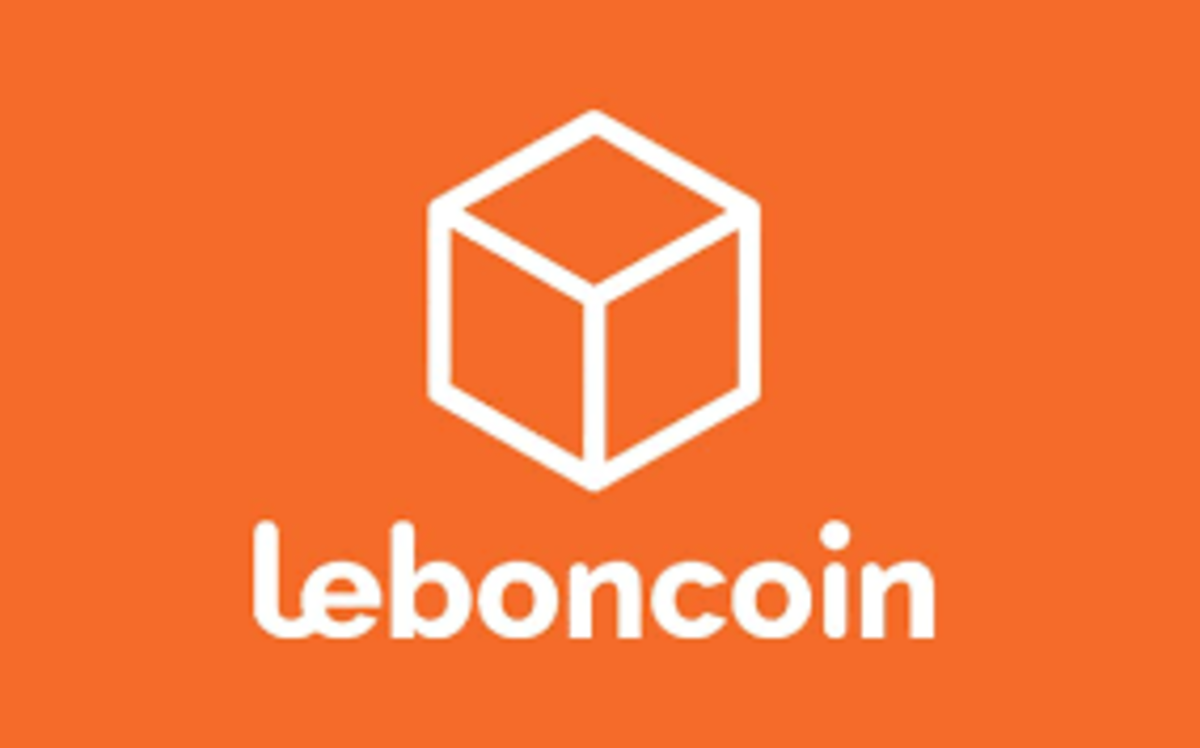The world of real estate has been undergoing a transformative shift in recent years, with digital platforms becoming increasingly essential in the property hunt. One standout player in this evolution is Le bon coin Immobilier, a prominent online marketplace that has redefined how people buy, sell, and rent real estate in France. In this article, we’ll delve into the features, benefits, and impact of Leboncoin Immobilier on the French property market.
The Rise of Le bon coin Immobilier
Le bon coin Immobilier is an extension of Le bon coin, one of France’s most widely used online classified advertising platforms. Launched in 2006, Le bon coin quickly became a household name, facilitating transactions across various categories, from automobiles to household goods. Building on this success, Le bon coin introduced its real estate section, Le bon coin Immobilier, to cater specifically to the property market.
Features and Benefits
Le bon coin Immobilier offers a plethora of features that make it a go-to platform for those looking to buy, sell, or rent properties in France.
- User-Friendly Interface: The platform boasts an intuitive user interface that simplifies the property search process. Users can easily filter listings based on location, property type, price range, and more.
- Diverse Property Listings: Le bon coin Immobilier showcases an extensive range of property types, from apartments and houses to commercial spaces and land. This diversity caters to various buyer preferences and budgets.
- Direct Interaction: The platform enables direct communication between buyers and sellers, fostering a transparent and efficient exchange of information. Interested parties can inquire about listings, negotiate terms, and arrange viewings directly through the platform.
- Geolocation Services: Le bon coin Immobilier utilizes geolocation technology to display properties on an interactive map. This feature aids buyers in visualizing property locations and nearby amenities.
- Mobile App: Recognizing the importance of mobile access, Le bon coin Immobilier offers a mobile app that allows users to browse listings, communicate with sellers, and manage their property search on the go.
Impact on the French Property Market
Le bon coin Immobilier has had a profound impact on the French property market, revolutionizing the way transactions occur and reshaping the dynamics between buyers, sellers, and real estate professionals.
- Increased Accessibility: The platform’s user-friendly interface has democratized access to property listings, making it easier for individuals from all walks of life to explore real estate opportunities.
- Reduced Middlemen: Le bon coin Immobilier’s direct interaction feature has diminished the need for intermediaries in property transactions. While real estate agents still play a crucial role, buyers and sellers now have more control over the process.
- Efficiency and Transparency: The platform’s communication tools have streamlined the buying process, enabling swift negotiations and transparent discussions. This has led to quicker decision-making and reduced uncertainties.
- Market Trends: Le bon coin Immobilier’s extensive database of listings provides valuable insights into market trends, pricing dynamics, and demand patterns. This information benefits both buyers and sellers in making informed decisions.
Challenges and Future Prospects
While Le bon coin Immobilier has transformed the French real estate landscape, challenges do exist. The platform must ensure data security, prevent fraudulent listings, and continuously improve its user experience to stay ahead of competition.
Looking ahead, Le bon coin Immobilier’s influence is likely to grow further. As technology advances and user preferences evolve, the platform will likely incorporate more advanced features, such as virtual property tours, AI-driven property recommendations, and enhanced data analytics.
As Le bon coin Immobilier continues to make its mark on the French property market, its impact extends beyond the realm of traditional buying and selling. The platform’s influence can be observed in several key areas:
- Rental Market Revolution: Le bon coin Immobilier isn’t limited to property sales; it also serves as a robust platform for renting residential and commercial spaces. Renters can easily find listings that match their preferences, leading to a more efficient and transparent rental process.
- Empowerment of Individual Sellers: The platform has empowered individual property owners who might not have considered selling through traditional avenues. This democratization of property listings has enabled a wider range of sellers to enter the market, contributing to a more diverse inventory.
- Community Building: Le bon coin Immobilier fosters a sense of community within its platform. Users can leave reviews, share their experiences, and provide valuable insights to others. This interactive aspect enhances trust and helps users make more informed decisions.
- Sustainability and Adaptation: With growing environmental awareness, Leboncoin Immobilier has the potential to promote sustainable living and eco-friendly properties. As energy efficiency and green features become more important to buyers, the platform can facilitate the discovery of such properties.
Navigating Challenges
While Le bon coin Immobilier has brought about significant positive changes, it’s not without challenges. The platform must continue to address issues related to privacy, security, and quality control. Ensuring that listings are accurate, genuine, and devoid of fraudulent elements remains crucial to maintaining its reputation.
Furthermore, as the platform becomes more popular, it will likely face competition from other online real estate marketplaces. To stay ahead, Le bon coin Immobilier should keep innovating and evolving to meet the changing needs and preferences of users.
The Role of Technology and Innovation
Looking forward, technology will play an increasingly important role in shaping Le bon coin Immobilier’s future. Virtual reality (VR) property tours could become a staple, allowing potential buyers to explore properties remotely. This would be particularly beneficial for international buyers or those unable to visit properties in person.
Additionally, the integration of artificial intelligence (AI) can enhance user experiences. AI algorithms could provide tailored property recommendations based on individual preferences and search history, making the property search process even more efficient.
Conclusion
Le bon coin Immobilier stands as a testament to the transformative power of digital platforms in the real estate sector. Its user-friendly interface, direct communication features, and diverse listings have revolutionized the way properties are bought, sold, and rented in France. By fostering transparency, efficiency, and empowerment, Le bon coin Immobilier has become a driving force in reshaping the French property market.
As technology continues to advance, the platform’s potential to incorporate VR, AI, and other innovative features could further elevate the property search experience. With its evolving landscape, Leboncoin Immobilier is poised to continue playing a pivotal role in connecting individuals with their dream properties while contributing to the ongoing evolution of the real estate industry.
Le bon coin Immobilier has undoubtedly reshaped the way real estate transactions occur in France. By providing a user-friendly interface, facilitating direct interactions, and offering a diverse array of listings, the platform has empowered buyers and sellers to engage in property transactions with greater efficiency and transparency. As Le bon coin Immobilier continues to evolve, it will likely play an even more pivotal role in shaping the future of French real estate.

 Health10 months ago
Health10 months ago
 Tech9 months ago
Tech9 months ago
 Games7 months ago
Games7 months ago
 Entertainment10 months ago
Entertainment10 months ago
 NEWS10 months ago
NEWS10 months ago
 Games10 months ago
Games10 months ago
 Games10 months ago
Games10 months ago
 NEWS10 months ago
NEWS10 months ago














